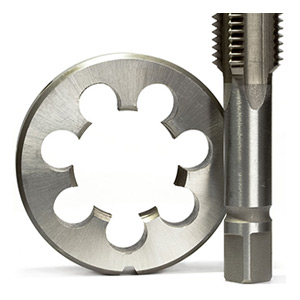
Dec . 15, 2024 16:20
Back to list
natural gas regulator
Understanding Natural Gas Regulators Function, Importance, and Types
Natural gas plays a vital role in today’s energy landscape, powering homes, businesses, and industries across the globe. However, to ensure safe and efficient distribution, the management of pressure in gas pipelines is crucial. This is where natural gas regulators come into play. Understanding these regulators, their functions, and their types is essential to appreciating how they contribute to safe and reliable gas distribution systems.
What is a Natural Gas Regulator?
A natural gas regulator is a mechanical device designed to control the pressure of gas flowing through pipelines. It reduces the high pressure of natural gas coming from the supply source to a lower working pressure suitable for consumer use. Without a regulator, the force of the gas could damage appliances and pose safety hazards, including explosions or fires.
How Does a Natural Gas Regulator Work?
The operation of a natural gas regulator is relatively straightforward. Gas flows into the regulator from the high-pressure supply line. Inside the regulator, there is a diaphragm that responds to the pressure changes. When the pressure in the pipeline increases, the diaphragm moves to limit the flow of gas, thereby reducing the output pressure. Conversely, if the pressure drops, the diaphragm will allow more gas to flow, maintaining a consistent output pressure. This constant adjustment ensures that the gas delivered to consumers is at a safe and usable pressure.
Importance of Natural Gas Regulators
The significance of natural gas regulators cannot be overstated. Firstly, safety is paramount. By maintaining appropriate pressure levels, regulators prevent incidents that could result from overpressure, such as equipment failure or leaks. Secondly, efficiency in gas consumption is enhanced, leading to lower energy costs for users. Regulators also play a crucial role in ensuring that gas appliances function optimally, maximizing their lifespan and effectiveness.
Moreover, regulators assist in meeting regulatory compliance requirements. Many regions have stringent regulations concerning the distribution of natural gas, and maintaining proper pressure levels is a key aspect of these regulations. Therefore, the presence of an efficient regulating system helps utility companies avoid penalties and provide reliable service to their customers.
natural gas regulator

Types of Natural Gas Regulators
There are several types of natural gas regulators, each designed for specific applications. The most common types include
1. First-Stage Regulators These are typically found in high-pressure systems. They reduce the pressure from the gas supply to a medium pressure level, which is then further regulated in second-stage systems.
2. Second-Stage Regulators Used in residential and commercial applications, these regulators take the medium pressure gas from the first-stage regulator and reduce it further to a low pressure suitable for appliances.
3. Line Regulators These regulators maintain the pressure in gas distribution lines. They adjust automatically to changes in demand to ensure a steady flow of gas.
4. Emergency Regulators These are crucial for safety and engage in the event of a pressure spike or system malfunction. They serve as a fail-safe to prevent excessive pressure from reaching end-users.
5. High-Pressure Regulators Designed for industrial applications where high volumes of gas are required, these regulators manage high intake pressures effectively.
Conclusion
In conclusion, natural gas regulators are essential components of gas distribution systems, ensuring safety and efficiency. By managing pressure and maintaining consistent flow, they protect both consumers and infrastructure. Understanding the various types of regulators and their functions highlights their critical role in the natural gas supply chain. As the demand for natural gas continues to grow, the importance of reliable and efficient regulators will only increase, making their study and application paramount in the energy sector.
Next:
Latest news
-
Safety Valve Spring-Loaded Design Overpressure ProtectionNewsJul.25,2025
-
Precision Voltage Regulator AC5 Accuracy Grade PerformanceNewsJul.25,2025
-
Natural Gas Pressure Regulating Skid Industrial Pipeline ApplicationsNewsJul.25,2025
-
Natural Gas Filter Stainless Steel Mesh Element DesignNewsJul.25,2025
-
Gas Pressure Regulator Valve Direct-Acting Spring-Loaded DesignNewsJul.25,2025
-
Decompression Equipment Multi-Stage Heat Exchange System DesignNewsJul.25,2025

